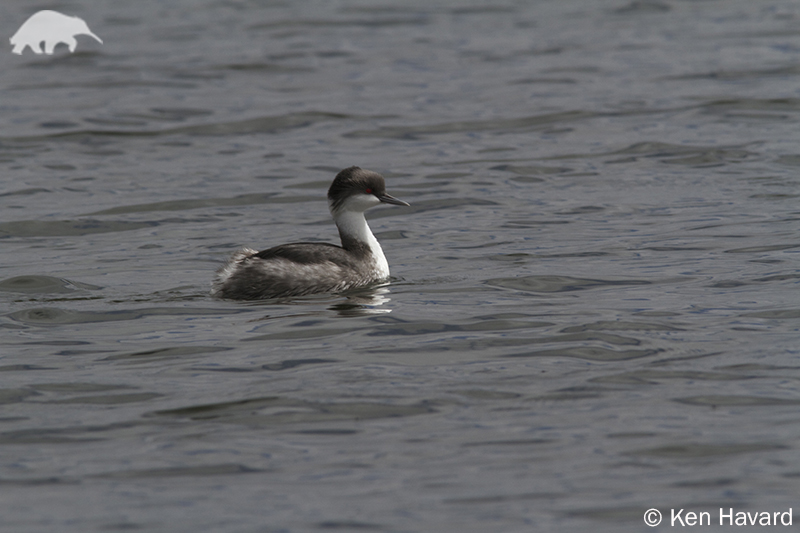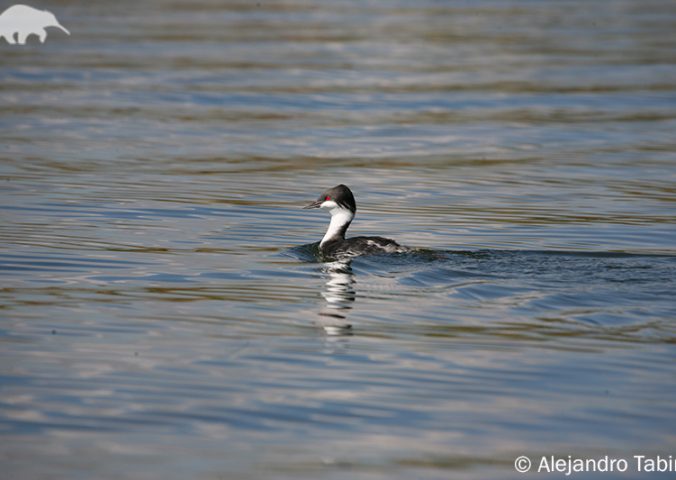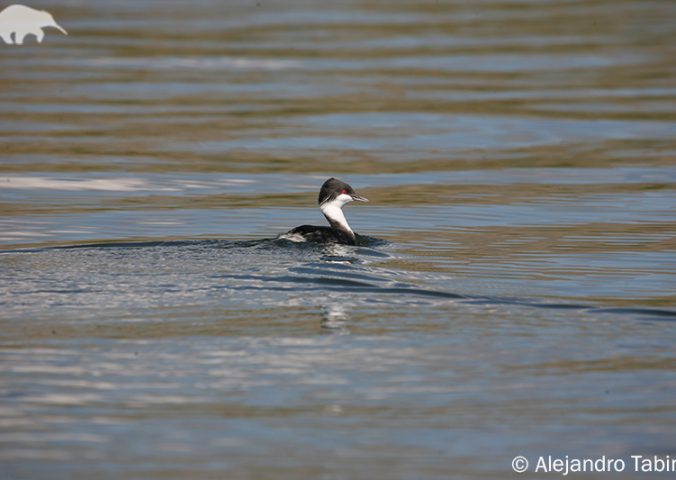About
This flightless bird spends most of its time on the open water of Lake Junin, Peru – only going to the shore when nesting.
The Junin Grebe can be identified by its black and white colouration and bright red eyes. This bird is especially adept at diving to feed on small fish beneath the water. Grebes are a distinct lineage with no close relatives, the fossil record is incomplete but true grebes first appear around 25–35 million years ago. Lake Junin, the only known location for this species, has been a designated national reserve since 1974 which has helped to limit the impact of hunting and fishing. The biggest threat to the Junin Grebe is from local mining activities. Although some legal protection has been introduced to protect the lake, these laws are not strictly enforced and threats are still having an impact on species numbers. Local people are being engaged and educated about conservation of Lake Junin birdlife. Large population fluctuations have been associated with unstable climatic conditions, most probably related to El Nino Southern Oscillation events.
- Order: Podicipediformes
- Family: Podicipedidae
- Population: 217-304
- Trend: decreasing
- Size: 35 cm
EDGE Score
Distribution
Endemic to Lake Junin in the highlands of Peru.
Habitat and Ecology
They inhabit Lake Junin, which is fairly shallow and bordered by extensive reed marshes, at 4,080 m above sea level. They use their impressive diving ability to feed on small fish.


